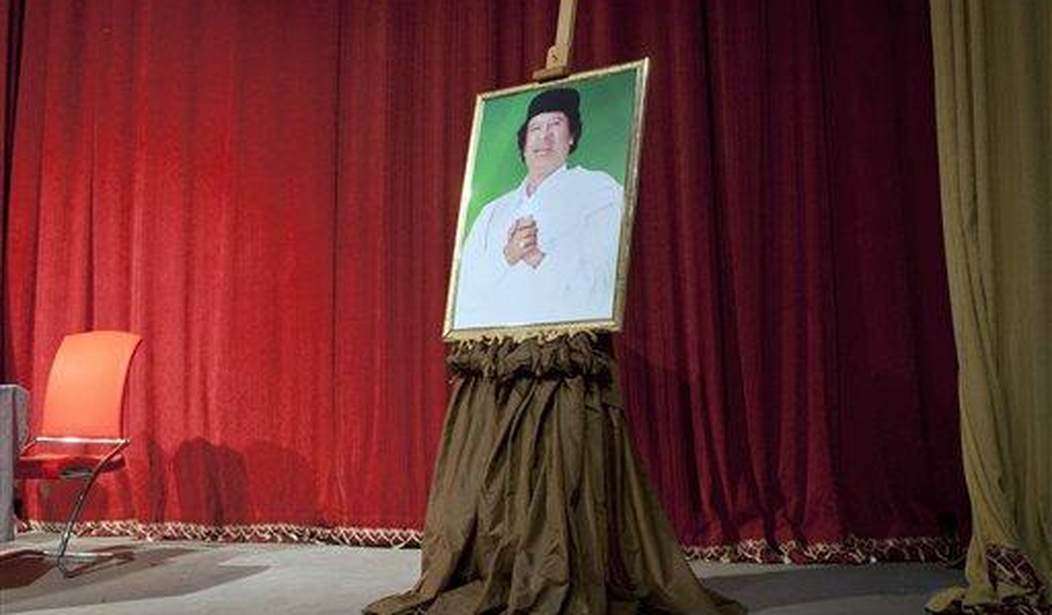Earlier this week, we looked at the ongoing scam where First Son Hunter Biden has been cranking out paintings as supposed “works of art” and selling them to mysterious benefactors for staggering sums of money. Since the private sale of artwork doesn’t legally have to be reported to the public, it’s an almost foolproof way to move large sums of money around while having it be nearly untraceable. That got me thinking about other areas where this scam could be employed to circumvent various financial transparency laws. And campaign finance regulations were among the first possibilities to come to mind, which is what I wanted to bring up for discussion today. But first, here’s a reminder of precisely how lucrative this has been for The Big Guy’s errant son. (NY Post)
First son Hunter Biden’s novice artwork has raked in at least $1.3 million — with buyers including a Democratic donor “friend’’ whom his dad named to a prestigious commission, a report said Monday…
Meanwhile, Business Insider said the largest chunk of Hunter’s art sales so far has gone to a single deep-pocketed mystery buyer — who scooped up 11 artworks for a total of $875,000.
The outlet reported that one of Hunter’s art buyers is his “sugar brother” Kevin Morris, a wealthy lawyer who reportedly lent him about $2 million to pay off back taxes.
In the case of Hunter Biden, the money was channeled to him through these supposed art sales most likely at the request of the purchasers. That’s understandable, because there are probably a lot of people who would still like to purchase influence with the Bidens but don’t want their names publicly tied to the former (?) crack addict.
But other people in American political circles could use this same type of scheme to great effect and they wouldn’t even have to hide the names of their “patrons.” There are strict limits on how much money people and organizations can give to political campaigns and people have gone to jail for violating those rules. But anyone can purchase “art” of any kind and there are no regulations as to how much the artist or gallery can charge. It’s pure capitalism and the “product” can bring in whatever the market will bear. Typically, art is purchased because it’s considered of great value and a collector either wants it for themself or may consider selling it at a profit later. But even pointless or simply stupid art can fetch eye-popping prices. A few years ago, half of a banana stuck to a wall sold for $120,000. But what if the “patron” isn’t really interested in the art at all?
Now consider someone like George Santos. He’s run into some terrible fundraising issues ever since his seemingly endless lies and alleged campaign finance improprieties were exposed. But he did find some wealthy Chinese investors who were willing to kick in. That money all has to be detailed in the candidate’s campaign finance reports, however. What if Santos picked up a pallet and some brushes and paint and just started slapping together some stick figures and paint-by-numbers creations? He could then be approached by anonymous benefactors who could give him millions of dollars so long as they had a “painting” to show for it. And candidates are allowed to “loan” their own campaign money out of their own pockets, as Santos has already claimed to have done.
It’s pretty much bulletproof. And I’m only taking Santos as a hypothetical example. Anyone could do it. In the old days, we all foolishly made out checks to candidates and causes we wanted to support and left those records to be scrutinized by the FEC. Wealthy people were limited in how much they could individually give during each cycle and were forced to find PACs and other avenues to contribute. But now they can cut out the middleman and simply pay the candidate directly. I hope I’m wrong, but Hunter Biden could be giving a lot of people some shady ideas at this point. We might wind up with a whole new generation of “artists” serving in Washington before we know it.








Join the conversation as a VIP Member